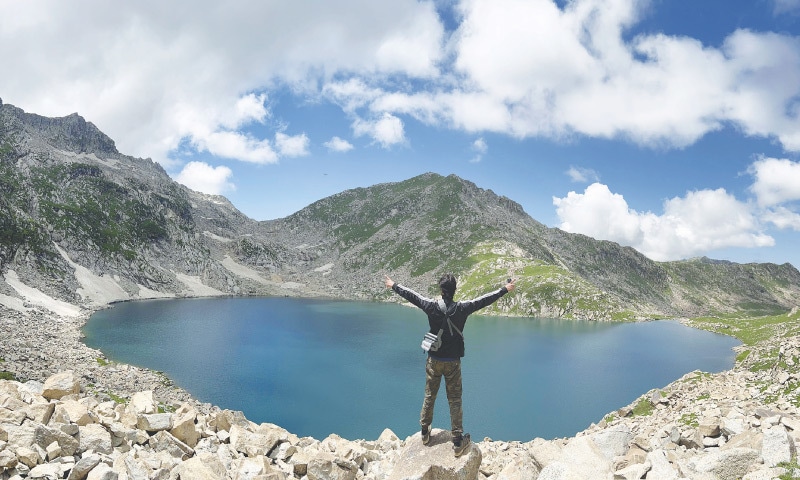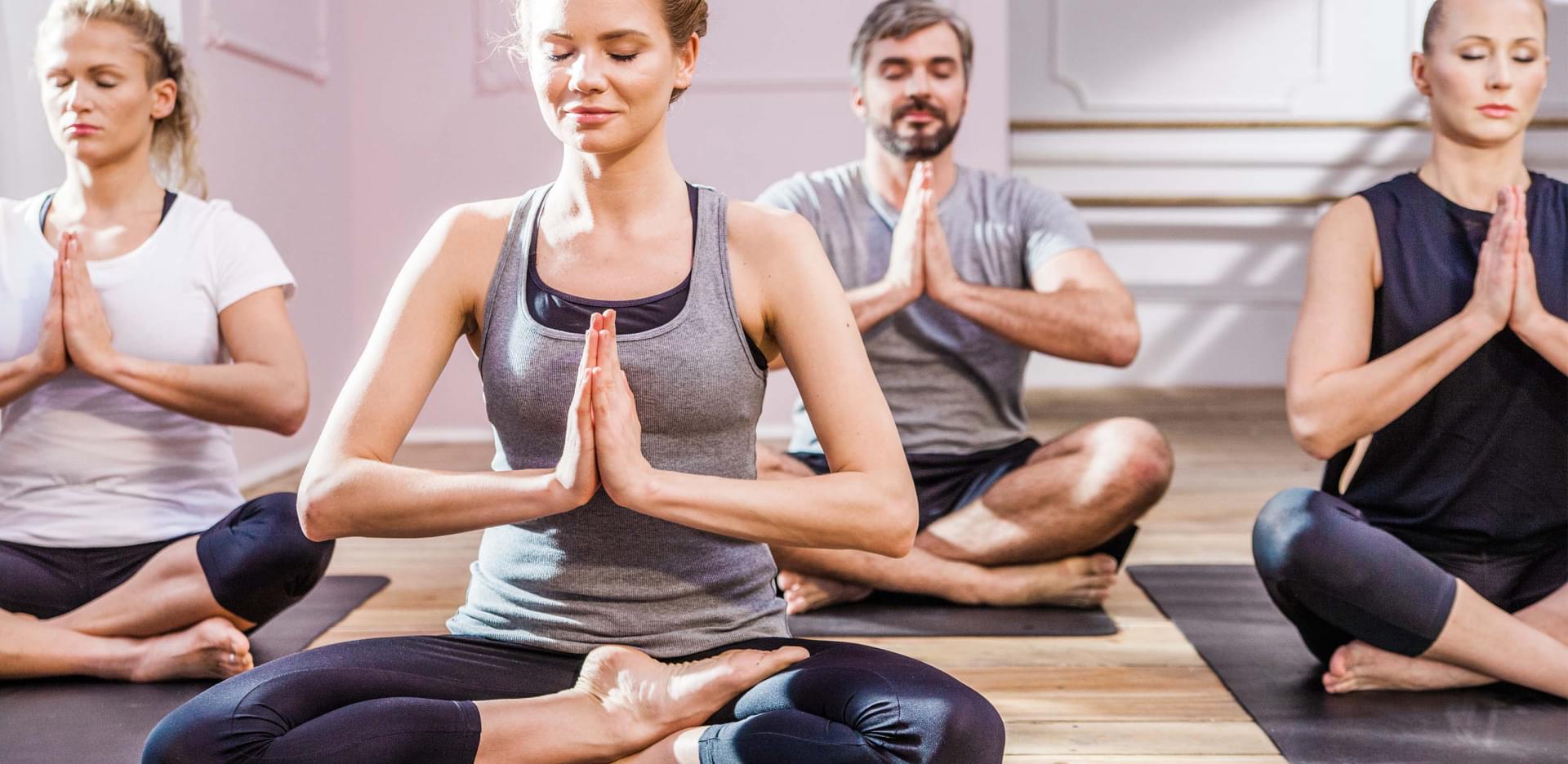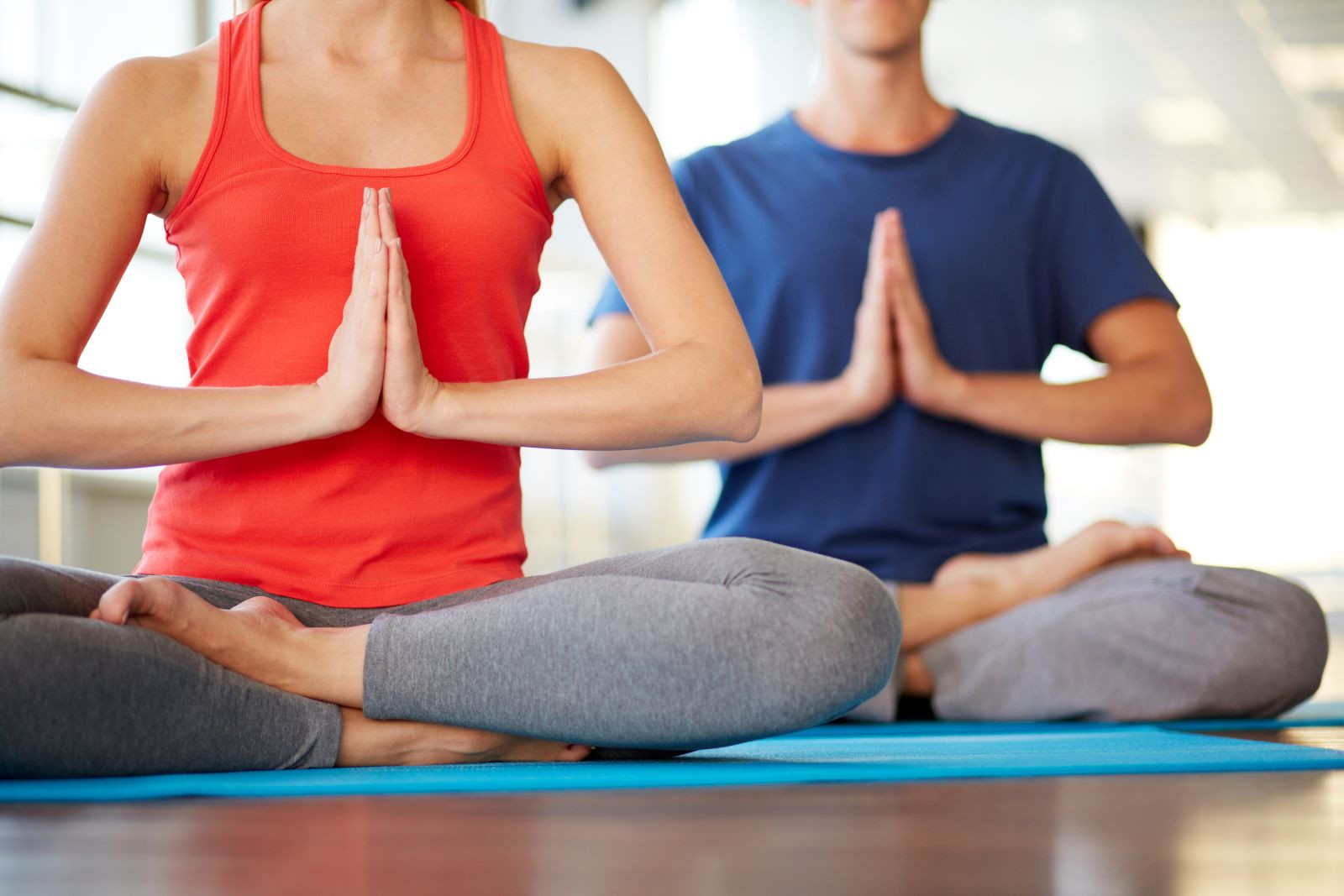Introduction to Stress and the Power of Yoga and Meditation
Stress is the uninvited guest that overstays its welcome, creeping into our lives through tight deadlines, endless notifications, or that one email you really didn’t need today. It’s no secret that modern life can feel like a treadmill set to sprint mode. Thankfully, yoga and meditation offer a way to step off, catch your breath, and find calm amidst the chaos. These ancient practices, rooted in mindfulness and movement, have become go-to tools for stress relief, backed by science and loved by millions worldwide.
What Is Yoga and How Does It Help with Stress?
Understanding Yoga’s Roots
Yoga, born in ancient India over 5,000 years ago, is more than just twisting yourself into a pretzel. It’s a holistic practice combining physical postures (asanas), breath control (pranayama), and meditation to align body, mind, and spirit. Think of it as a workout for your soul with a side of stretching.
How Yoga Reduces Stress
Yoga works its magic by calming the nervous system. It lowers cortisol levels—the stress hormone that makes you feel like you’re running from a lion—and activates the parasympathetic nervous system, your body’s “rest and digest” mode. Studies show that regular yoga practice can reduce stress by up to 38% in just 30 minutes daily.
What Is Meditation and Why Does It Work?
Meditation: A Mental Reset Button
Meditation is like hitting pause on life’s chaos. It involves focusing your mind—whether on your breath, a mantra, or a serene image—to cultivate calm and clarity. From mindfulness to guided imagery, meditation comes in many flavors, all designed to quiet mental chatter.
The Science Behind Meditation’s Stress Relief
Meditation reduces activity in the amygdala, the brain’s fear center, while boosting the prefrontal cortex, which governs decision-making and emotional regulation. A 2023 study found that a single session of meditation can lower acute stress reactivity by 65% in healthy adults.
Why Combine Yoga and Meditation?
A Perfect Pair for Stress Relief
Yoga and meditation are like peanut butter and jelly—great on their own but unstoppable together. Yoga prepares the body by releasing physical tension, while meditation soothes the mind, creating a synergy that tackles stress from both ends.
Real-Life Impact
I remember my first yoga class during a particularly hectic semester in college. My shoulders were knotted, and my mind was a hamster wheel of deadlines. After an hour of gentle poses and guided breathing, I felt like I’d shed a 50-pound backpack of worry. Combining yoga’s movement with meditation’s stillness is like a warm hug for your nervous system.
Key Yoga Poses for Stress Relief
Child’s Pose (Balasana)
Sink into this gentle stretch, and it’s like telling your body, “It’s okay to rest.” Child’s Pose calms the mind, eases tension in the back and shoulders, and promotes deep breathing, making it a go-to for instant relaxation.
Cat-Cow Pose (Marjaryasana-Bitilasana)
This dynamic flow between arching and rounding your spine feels like a mini-massage for your back. It releases spinal tension, syncs breath with movement, and brings a mindful rhythm to your practice.
Legs-Up-the-Wall Pose (Viparita Karani)
Lie down, prop your legs against a wall, and let gravity do the work. This restorative pose reduces fatigue, improves circulation, and creates a sense of weightless calm, perfect for unwinding after a long day.
Corpse Pose (Savasana)
Don’t let the name fool you—this pose is pure bliss. Lying flat with arms relaxed, you let go of all effort, allowing your body and mind to melt into a state of deep rest.
Meditation Techniques for Stress Management
Mindfulness Meditation
Sit quietly, focus on your breath, and let thoughts pass like clouds. Mindfulness meditation trains you to stay present, reducing stress by keeping you from spiraling into “what-ifs.” A daily 10-minute practice can work wonders.
Guided Imagery
Picture a serene beach or a quiet forest. Guided imagery uses visualization to transport your mind away from stress, lowering tension and heart rate. Apps like Headspace or Calm make this accessible for beginners.
Body Scan Meditation
This technique involves mentally scanning your body from head to toe, noticing and releasing tension. It’s like giving your body permission to let go of stress it’s been holding onto.
Benefits of Yoga and Meditation: A Comparison
| Aspect | Yoga | Meditation |
|---|---|---|
| Primary Focus | Combines physical movement and mindfulness | Focuses on mental clarity and calm |
| Stress Relief | Reduces cortisol, improves flexibility | Lowers amygdala activity, enhances focus |
| Time Commitment | 20–60 minutes per session | 5–30 minutes per session |
| Accessibility | Requires space for movement | Can be done anywhere, anytime |
| Beginner-Friendly | Poses can be modified for all levels | Simple techniques like breath focus |
Pros and Cons of Yoga
- Pros: Improves physical health, builds strength, enhances flexibility, reduces stress hormones.
- Cons: Requires time and space, may feel intimidating for beginners without guidance.
Pros and Cons of Meditation
- Pros: Highly accessible, no equipment needed, quick results with short sessions.
- Cons: Can be challenging to quiet the mind initially, requires consistency for best results.
How to Start a Yoga and Meditation Practice
Step 1: Set Realistic Goals
Start small—10 minutes a day is enough to feel a difference. Commit to a routine, like practicing every morning or before bed, to build a habit.
Step 2: Find the Right Resources
Not sure where to begin? Online platforms like Wizhob offer beginner-friendly yoga and meditation courses, such as the Emotional Equilibrium course, which blends both practices for stress relief.
Step 3: Create a Comfortable Space
Choose a quiet corner with a yoga mat or cushion. Dim lighting and calming music can enhance the experience. No need for fancy equipment—just a willingness to show up.
Step 4: Use Apps or Classes
Apps like Yoga for Beginners or Calm provide guided sessions. Local studios often offer introductory classes, and many are now available online for convenience.
Best Tools for Yoga and Meditation
Yoga Mats
A quality mat, like those from Lululemon or Manduka, provides cushioning and grip for safe practice. Look for eco-friendly options if sustainability matters to you.
Meditation Apps
Headspace and Calm offer guided meditations tailored for stress relief. Free versions are great for beginners, with premium subscriptions unlocking more content.
Online Courses
Platforms like Wizhob or Yoga International provide structured courses, from Hatha yoga to mindfulness meditation, perfect for building a consistent practice.
People Also Ask (PAA)
How does yoga reduce stress?
Yoga lowers cortisol levels, activates the parasympathetic nervous system, and promotes relaxation through physical movement and mindful breathing. Regular practice can reduce stress by up to 38% in just 30 minutes daily.
Can meditation help with anxiety?
Yes, meditation reduces activity in the brain’s fear center (amygdala) and enhances emotional regulation. A 2019 study found moderate effects on anxiety reduction in students practicing meditation.
How often should I practice yoga for stress relief?
Practicing yoga 2–3 times per week for 20–60 minutes can significantly reduce stress. Even one session weekly can lower stress reactivity, per a 2024 study.
What are the best yoga poses for beginners?
Beginner-friendly poses like Child’s Pose, Cat-Cow, and Legs-Up-the-Wall are gentle, effective for stress relief, and easy to learn with proper guidance.
Real-Life Stories: Yoga and Meditation in Action
Take Sarah, a 32-year-old nurse who juggled long shifts and family life. Burnout was creeping in until she joined a weekly yoga class. “The first time I tried Child’s Pose, I nearly cried—it was like my body finally let go,” she shared. Adding 10 minutes of mindfulness meditation before bed helped her sleep better and face shifts with renewed energy.
Then there’s Mark, a software developer who thought yoga was “just stretching.” After a friend dragged him to a vinyasa class, he was hooked. “It wasn’t just physical—it quieted my overactive brain,” he said. Now, he practices three times a week and swears by guided imagery to manage work stress.
SEO Optimization for Yoga and Meditation Content
To make your yoga and meditation practice discoverable online, optimize your content with keywords like “yoga for stress relief,” “beginner meditation techniques,” and “mindfulness for anxiety.” Local SEO is key for studios—use phrases like “yoga classes in [City]” to attract nearby students. Include descriptive alt text for images and keyword-rich titles for videos, such as “5 Yoga Poses for Stress Relief.”
FAQ Section
Can beginners do yoga and meditation?
Absolutely! Start with simple poses like Child’s Pose and short meditation sessions (5–10 minutes). Apps and online classes make it easy to learn at your own pace.
How long does it take to see stress relief benefits?
You may feel calmer after one session, but consistent practice (2–3 times weekly) over 6–12 weeks yields significant results, per research.
Are there free resources for yoga and meditation?
Yes, YouTube channels like Yoga with Adriene and free versions of apps like Insight Timer offer quality guided sessions for beginners.
Is yoga or meditation better for stress?
Both are effective, but yoga combines physical and mental benefits, while meditation is more accessible for quick mental resets. Try both to see what suits you.
Can yoga and meditation help with sleep?
Yes, poses like Legs-Up-the-Wall and body scan meditation promote relaxation, improving sleep quality by reducing stress and tension.
Tips for Long-Term Success
- Consistency Is Key: Even 10 minutes daily can transform your stress levels over time.
- Mix It Up: Try different yoga styles (Hatha, Vinyasa, Yin) and meditation techniques to keep things fresh.
- Join a Community: Local or online yoga groups provide support and motivation.
- Listen to Your Body: Modify poses as needed and don’t push past your limits.
- Track Progress: Journal how you feel before and after sessions to notice improvements.
Conclusion: Your Path to a Calmer Life
Yoga and meditation aren’t just trends—they’re time-tested tools for reclaiming peace in a hectic world. Whether you’re folding into Child’s Pose or breathing through a mindfulness session, these practices offer a sanctuary for your mind and body. Start small, stay consistent, and watch stress melt away. Ready to begin? Grab a mat, find a quiet corner, and take that first deep breath. Your calmer, happier self is waiting.









Leave a Reply